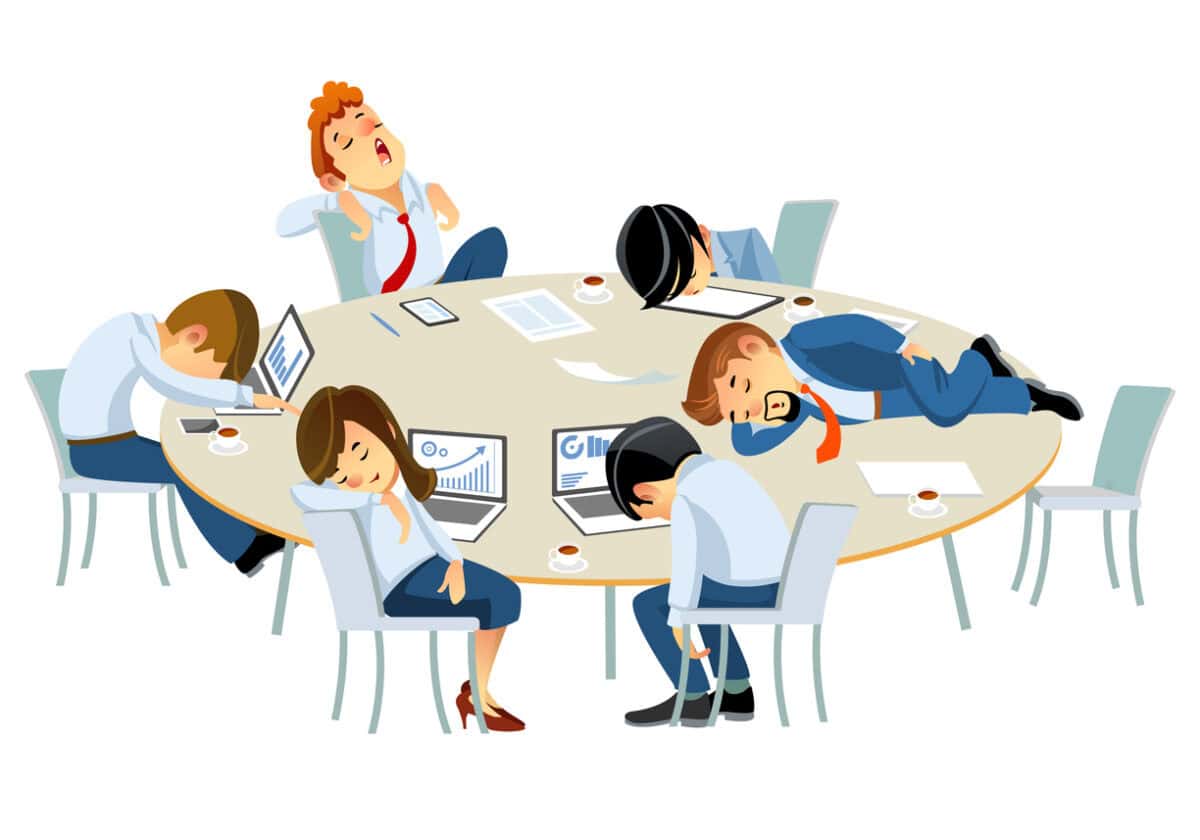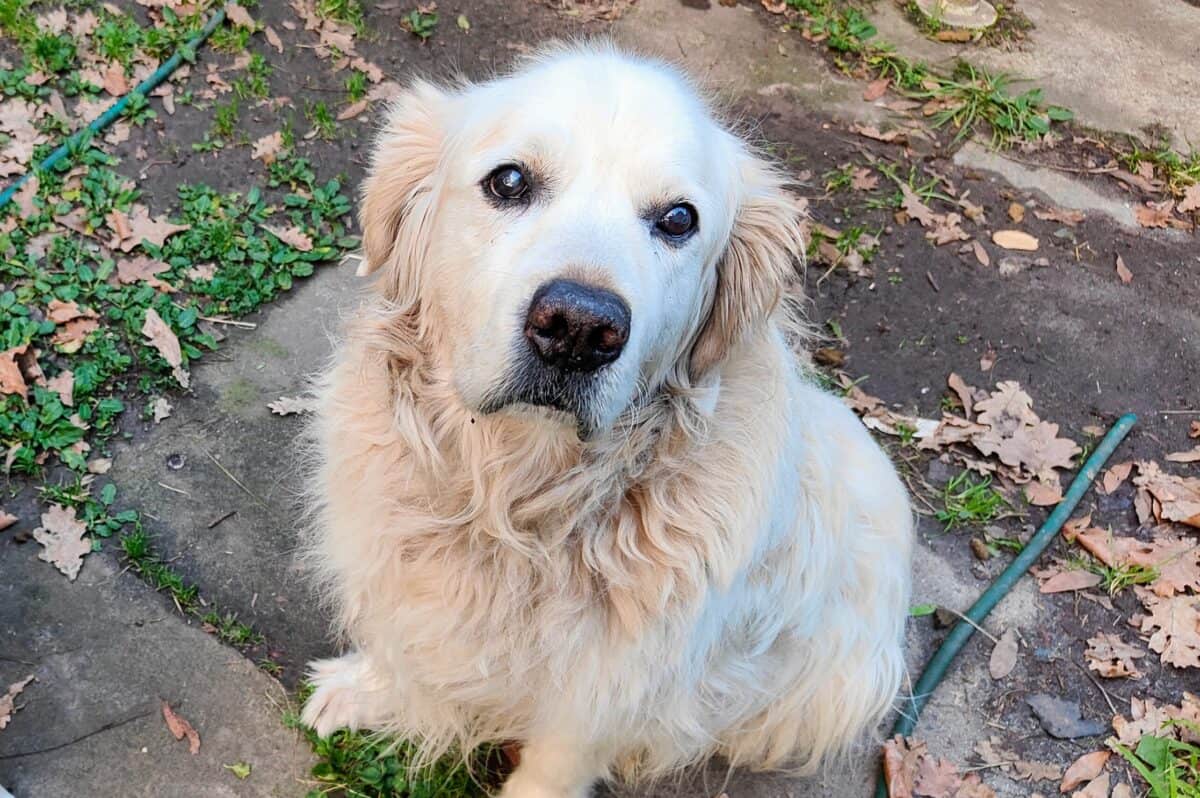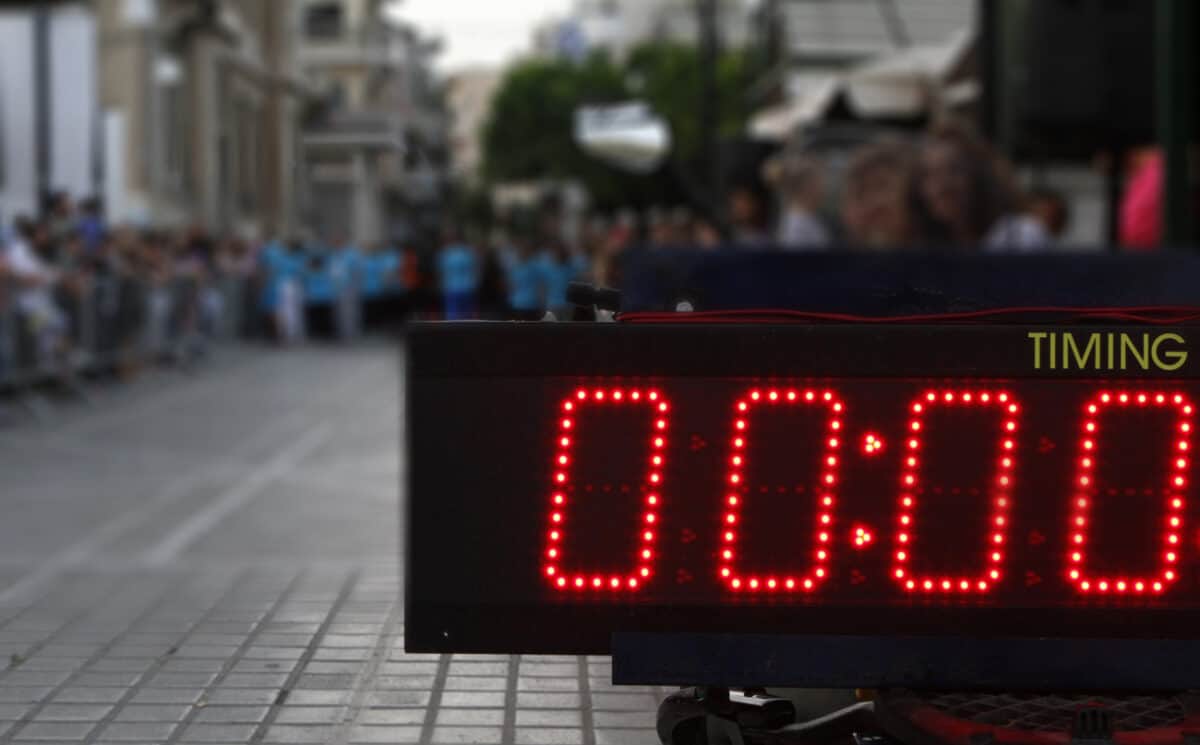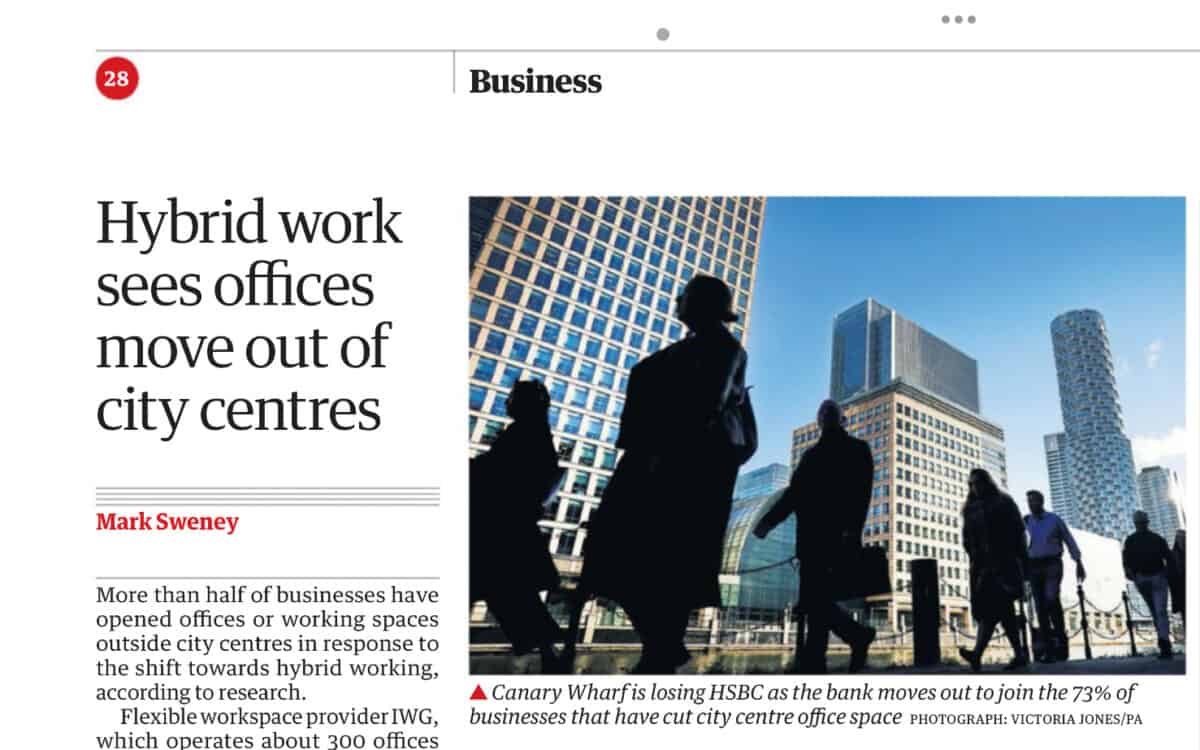Burnout continues to have its moment in the sun. It is the cover story of the February 2024 edition of Psychology Today and is a major theme in a new book about exhaustion. The World Health Organisation’s (WHO) declaration of burnout as an “occupational phenomenon” is downplayed or ignored in both publications.
Category: quality of work
A good working-from-home book… finally
One of the most appealing little occupational health and safety (OHS) crossed my desk the other day. It is a small, cheap book called “Work Well From Home – Staying Effective in the Age of Remote and Hybrid Working“. Although this updated edition was published in 2023, its appeal is that it is a reissue from 2005 when the advice is largely pre-COVID, pre-broadband service, pre-Zoom, and pre- lots of issues that now seem to complicate working from home.
Where is the OHS debate on zero hours contracts?
Australia is experiencing a period of industrial reforms that is returning some power to workers and, according to some critics, the trade union movement – working hours, same pay for the same job, changing employment status, right to disconnect and more. A curious omission is a discussion of the concept of Zero Hours Contracts. This type of employment is crucial to improving mental health at work as it strengthens a worker’s job control, economy and security.
Calculate the cost of your overwork
Long working hours have been identified as a major contributor to poor workplace mental health. International benchmarks have been identified as tipping points for mental health. A local Australian initiative to highlight the risks associated with overwork is Go Home on Time Day, which The Australia Institute supports.
Fewer companies than when the day started in 2009 seem to be supporting and promoting the day in their wellbeing calendars. Perhaps because the day identifies the shameful fact that employers will not stop workers from working long hours “if the workers choose to” even though the evidence is that the practice is harmful.
Its working hours calculator is a major part of the Go Home on Time Day initiative.
Rory O’Neill provides a spark
Rory O’Neill was a member of a panel at the 23rd World Congress for Safety and Health at Work, ostensibly, about Safety in Design in high-risk industries. It is fair to say he was expansive, engaging and provocative. It was a rare opportunity to hear him speak in person. Below are some examples of his challenging and, in some ways, traditional approach to occupational health and safety (OHS).
WFH is another element of trust
The working from home (WFH) phenomenon seems established for white-collar and administration workers but the anger, protests and disappointment from businesses and landlords continues.
UK workplace survey shows the huge misunderstanding on preventing psychosocial harm
The Chartered Institute of Personnel & Development (CIPD) has released an important survey of their members about health and wellbeing at work. Amongst many of the findings is that “Stress continues to be one of the main causes of absence” and that “Heavy workloads remain by far the most common cause of stress-related absence…” So how are CIPD members reducing the heavy workloads? They’re not. 78% of respondents are using Employee Assistance Programs (EAPs) to “identify and reduce stress”. Options like hiring additional staff or reducing the workload do not even chart. OMG!







